Teaching students to break apart words is essential! Readers break apart words to…
- Segment the sounds in a CVC (consonant-vowel-consonant) word
- Read the onset and rime of a word (i.e. sh-ip)
- Recognize and read word families
- Read “smaller” words inside compound words
- Derive meaning from root words, prefixes, and suffixes
I’m sure I’ve forgotten some things from this list – but you get the picture! Our students need to practice breaking apart words and putting them back together for purposes of decoding and gaining meaning.
Because this is an essential skill that is relevant to many different reading concepts, kids need lots and lots of practice with breaking apart words! In this post, I’ll share 5 ways I have my students practice this strategy.
1. Magnetic letters or tiles
When I first teach students to break apart words, I always start with magnetic letters or tiles. They can easily be manipulated, and kids can physically “break” words apart. They’re just plain fun to work with, too!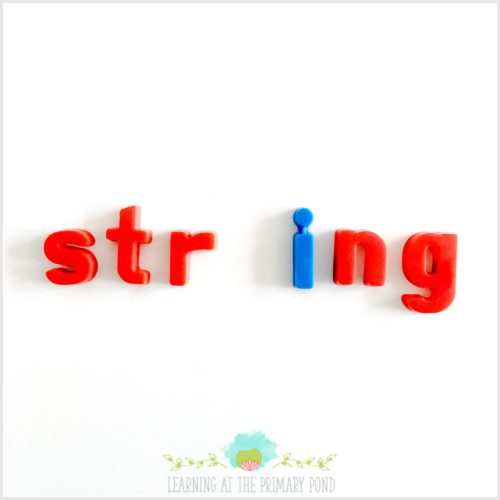
2. An app like Word Wizard
After students have used magnetic letters or tiles to practice the skill, I like to provide more practice with the Word Wizard app (I use it on the iPad).

Kids can make words and then physically move the letters apart. Word Wizard also has a keyboard option that has pre-set word parts, like “ew” as shown in the photo:
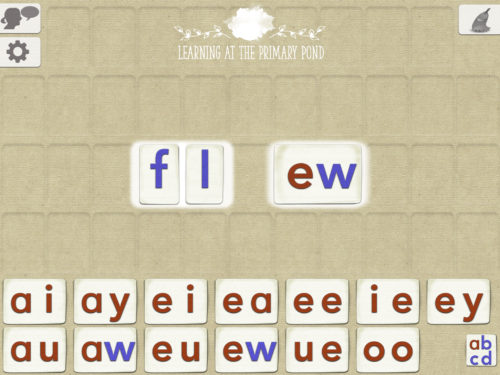
You can read more about the app HERE.
3. Cutting apart sentence strips or cards
Another fun way to practice is by having students physically cut apart index cards or sentence strips with the words written on them.
If you’re working with a small group, you can give each student a different word to cut apart. After cutting their own words apart, they trade with a partner and put the “word puzzle” back together!
(The only disadvantage here is that it’s hard to put them back together once they’re cut!)
4. Word Cards
After students have practiced the skill by physically manipulating things, I encourage them to practice by simply drawing a line to divide up a word. The photo below shows word cards that I give students to help them practice with compound words.

These cards come from my level G guided reading pack.
5. Whiteboards
Last but not least, I have students practice this skill by writing a word on a whiteboard and then dividing it up with a line or line(s). We talk about how readers mentally draw lines in the words that they read!
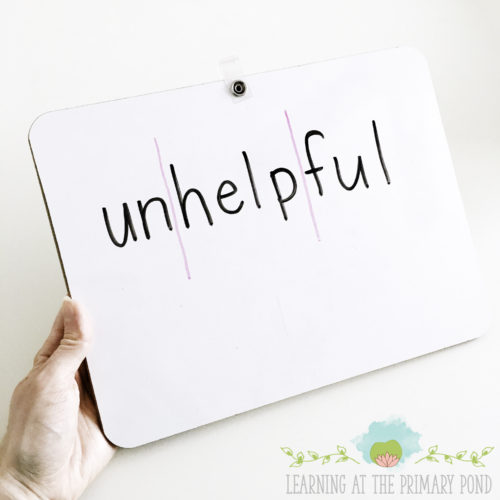
Connecting It To Reading
I go through many of these 5 activities for each applicable skill. For example, if we are working on simple word families (-at), we start with magnetic letters and work our way up through whiteboards. But if we move on to study compound words, we start all over again with magnetic letters. This helps keep things interesting for students. AND it reflects the fact that some students do not automatically transfer the concept of breaking apart words when they are learning a new skill.
Whenever we are working on this skill, I always help students relate it to their work as readers in real texts. When I choose words to break apart, I try to choose at least one from a text that we’ve very recently read. I also provide materials so that students can make and break apart words as they read the text during guided reading. While I don’t want it to slow their reading down too much, it does help them see the connection between the activities and breaking up words in context.
Do you have any additional breaking up words activities to add? Please comment below! Happy teaching!

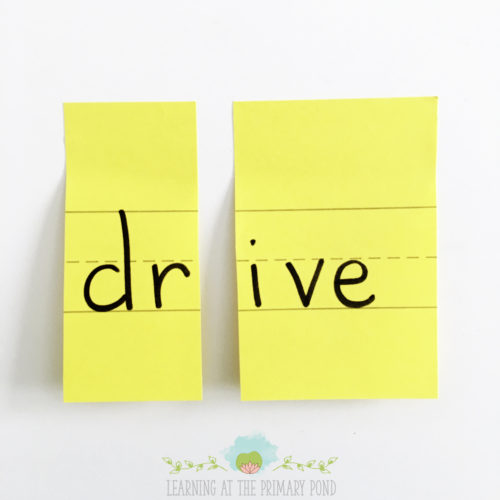
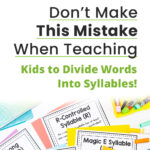

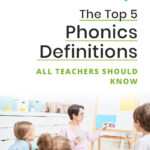
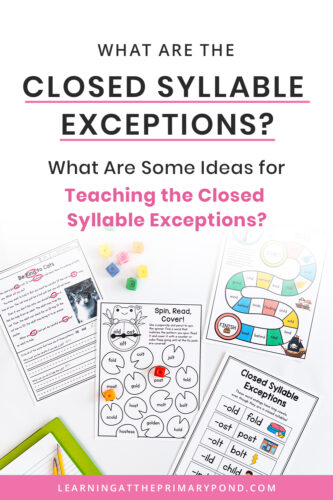








Great ideas I will use during summer school
When you are first teaching this skill, you should teach it within continuous text. If it was a word for example students had trouble with during reading, go back to that word within a story, teach them how to break the word apart and have them read the text again with that word in it. Once they know how to do it, they can then do it independently and practice the skill with words in isolation.
Yes!! Connecting it back to the text is so important.
Alison
In “5 Ways To Have K-2 Students Practice Breaking Apart Words,” you kept it simple: magnetic letters, iPad game, cutting apart words on cards, draw lines to break up words on paper and on white boards. Simple is always good.
I love these ideas! However, how is a struggling student suppose to know where to break the word, if they aren’t taught the 4 main ways to break a syllable? And then teaching them individually, what each syllable type is? I found if my struggling students aren’t taught this early on, as they get into higher grades and come across harder vocabulary that they aren’t familiar with, they have no clue how to figure out the unknown word!
So true! And yes, I do believe it’s important to teach them the syllable types and how to divide them up!
Alison
For me, it is important to let children do the breaking the way they feel comfortable with their own oral language rather than us impossing our own ways on them. And, of course, always go back to the text and confirm.